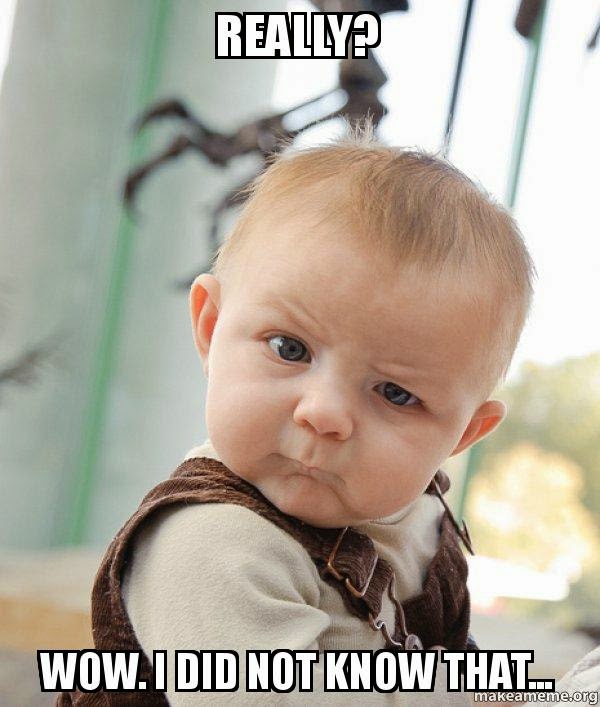 |
| Source: eatoneducationalinsights.edublogs.org |
The first resource that came to mind is this article by Grant Wiggins (2012): Seven keys to Effective Feedback.
I also like this article (from the same September 2012 issue of Ed Leadership) by Fisher & Frey (2012): Making Time for Feedback. It offers practical feedback strategies, including this gem: it can be counterproductive to mark every mistake a student makes.
Actually, the collection of abstracts suggests the entire Sept 2012 issue may be a treasure trove of excellent articles on feedback. I'll have to check out the rest when I have more time.
Finally, I encourage anyone looking for a more in depth look at feedback to check out the first chapter of Classroom Instruction that Works (2nd ed.):


